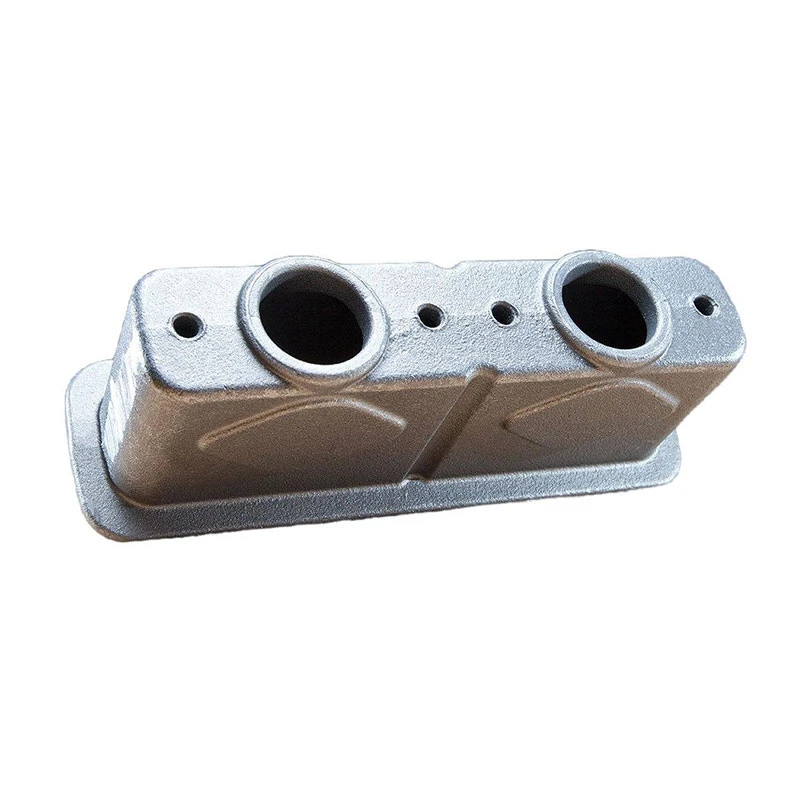precision lost wax casting factory
Precision Lost Wax Casting An Overview of the Process and Its Benefits
Lost wax casting, also known as investment casting, is a traditional method that has been in use for thousands of years. This intricate process is favored in various industries, particularly in manufacturing precision parts where high accuracy and detailed design are critical. In this article, we will delve into the world of precision lost wax casting, examining its methodology, benefits, and applications.
What is Precision Lost Wax Casting?
Precision lost wax casting is a manufacturing process for metal parts that begins with creating a wax model of the desired component. The model is then coated with a ceramic material to form a mold. Once the mold has set, the wax inside is melted out, leaving a hollow cavity in the shape of the original model. Molten metal is then poured into this cavity, and as it cools and solidifies, the final metal part is formed.
This method is renowned for its ability to produce complex geometries and fine details that would be difficult or impossible to achieve with other manufacturing techniques.
The Process Explained
1. Wax Model Creation The process starts with the creation of an accurate wax model, often made using injection molding. The model can be produced in various sizes and complexities, allowing for a high level of design flexibility.
2. Mold Formation The wax model is coated with a fine ceramic shell. This shell is built up in several layers, typically through a combination of dipping and sand application. Once the shell has cured, it provides a robust mold capable of withstanding the high temperatures of molten metal.
3. Wax Removal The next step involves heating the mold to remove the wax. This is often done in an autoclave or furnace, which evaporates the wax and allows the ceramic shell to harden.
4. Metal Pouring With the wax removed, the molds are heated again, and molten metal is poured into them. The type of metal used can vary depending on the specific application, including aluminum, steel, bronze, and even precious metals.
5. Cooling and Finishing After the metal has cooled and solidified, the ceramic shell is broken away, revealing the cast part. Additional finishing operations may be required, such as grinding, polishing, or machining to achieve the desired specifications.
precision lost wax casting factory

Benefits of Precision Lost Wax Casting
Precision lost wax casting offers several advantages that make it an attractive choice for manufacturers
- High Precision and Detail The ability to achieve intricate designs with smooth surface finishes is one of the most significant benefits. Complex shapes can be cast that would otherwise require extensive machining.
- Material Versatility The process accommodates a wide range of metals, allowing for flexibility depending on the application. This versatility is essential for industries like aerospace, automotive, and jewelry, where different properties are required.
- Cost-Effectiveness for Small Batches While the setup costs can be higher than other casting methods, lost wax casting becomes more economical for small to medium production runs due to reduced material waste and less post-processing.
- Repeatability Once the production method is established, manufacturers can achieve high consistency in the parts produced, which is crucial for applications requiring precise tolerances.
Applications of Precision Lost Wax Casting
The applications of precision lost wax casting are broad, spanning numerous industries
- Aerospace Used for producing complex engines and turbine components that require high strength-to-weight ratios. - Automotive Essential for crafting precision engine parts and other components that benefit from low tolerances. - Jewelry Enables intricate designs that are highly detailed, perfect for custom pieces. - Medical Devices Produces critical components like surgical instruments and implants, where precision is vital for safety and effectiveness.
Conclusion
Precision lost wax casting remains an invaluable technique in modern manufacturing, providing unparalleled accuracy and adaptability. As technology continues to advance, we can expect further innovations in this field, perfecting the art and science of casting and opening new avenues for design and production across various sectors. Whether for artisanal jewelry or high-tech aerospace components, the lost wax casting method continues to shape the future of manufacturing.
-
OEM Sand Cast Pump Valve Fittings - Baoding Hairun | Precision Engineering, CustomizableNewsJul.30,2025
-
OEM Sand Cast Pump Valve Fittings - Baoding Hairun Machinery And Equipment Trading Co., Ltd.NewsJul.30,2025
-
OEM Sand Cast Pump Valve Fittings - Baoding Hairun Machinery And Equipment Trading Co., Ltd.NewsJul.30,2025
-
OEM Sand Cast Pump Valve Fittings - Baoding Hairun Machinery|Precision Engineering&Fluid ControlNewsJul.30,2025
-
OEM Sand Cast Pump Valve Fittings - Baoding Hairun Machinery And Equipment Trading Co., Ltd.NewsJul.30,2025
-
OEM Sand Cast Pump Valve Fittings-Baoding Hairun Machinery And Equipment Trading Co., Ltd.NewsJul.30,2025















